The expansion of the H2 infrastructure continues – albeit much slower than it could be. The declared goal of having 100 hydrogen refuelling sites in Germany is expected to be achieved by mid-2020 – more than a year later than originally planned. By the end of 2021, 10 to 15 new locations are to be added each year.
During the stakeholder conference on the national hydrogen strategy, Federal Transport Minister Andreas Scheuer had reported to the media that the day before he had signed a memorandum of understanding with H2 Mobility to set up 10 to 15 additional H2 filling stations per year. At the same time, Scheuer announced that by the end of 2021 the capacity in Germany would be sufficient to refuel 60,000 hydrogen-powered passenger cars and 500 trucks.
In 2015 the then Federal Transport Minister Alexander Dobrindt had said: “For the market ramp-up of this technology, we now need a nationwide filling station network for hydrogen. I therefore welcome H2 Mobility’s plans to build 400 H2 filling stations throughout Germany by 2023.” Somewhat later (2017), H2 Mobility said – but with one restriction: “100 hydrogen stations by the end of 2018 and even up to 400 hydrogen filling stations by 2023, but depending on the number of vehicles.”
With this restriction that filling stations would not be built in any case, but only upon demand, when there were enough FC cars on the road, vehicle manufacturers should be made to comply. Today we know that this has not borne fruit with the German producers and that the unit numbers of H2 cars are still in the mid-three-digit range. It was therefore questionable whether there would be any further expansion at all. Accordingly, H2-Mobility boss Nikolas Iwan expressed his satisfaction to H2-international that he had received a mandate for further locations, so that he and his staff cannot only take care of the maintenance of the existing stations, but also for further expansion.
…
read more in H2-international February 2020






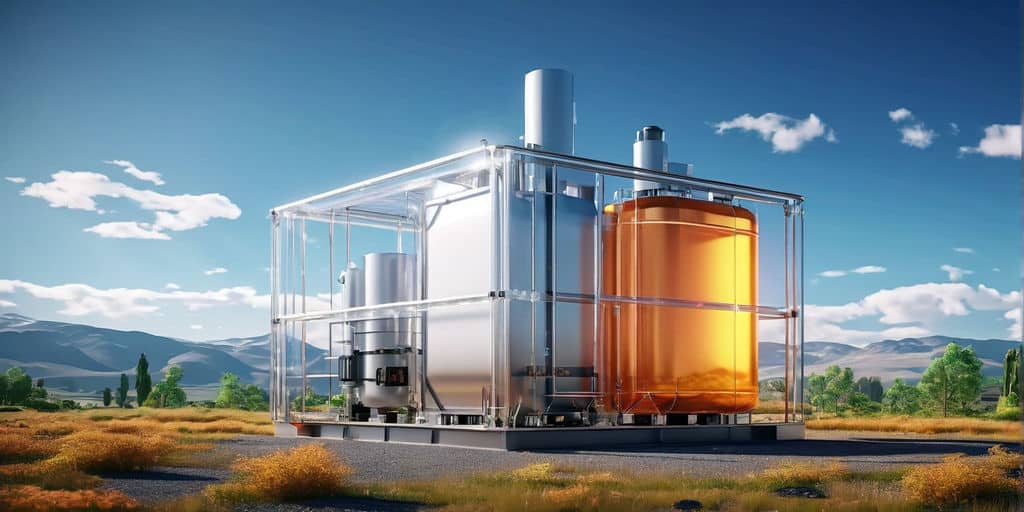
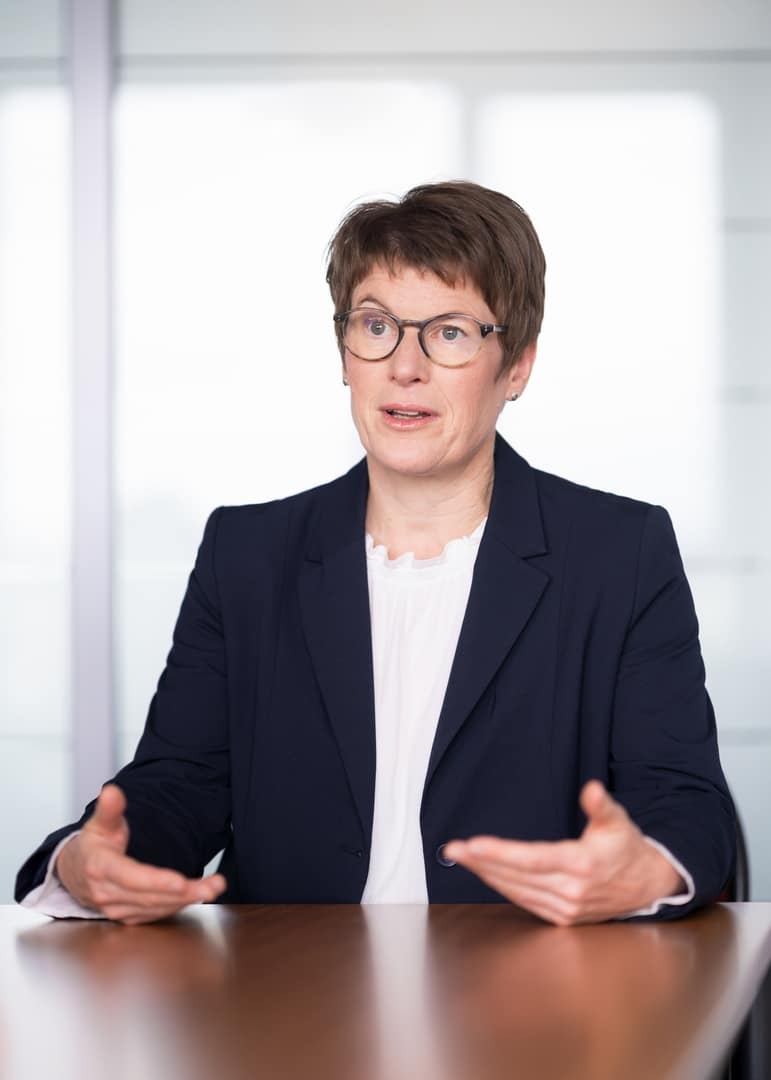
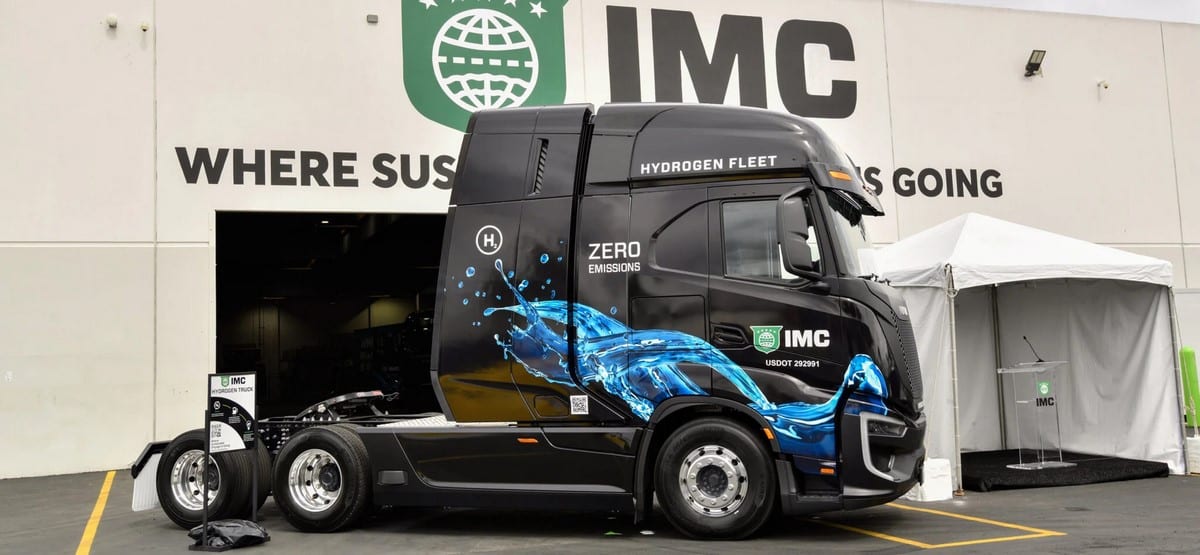

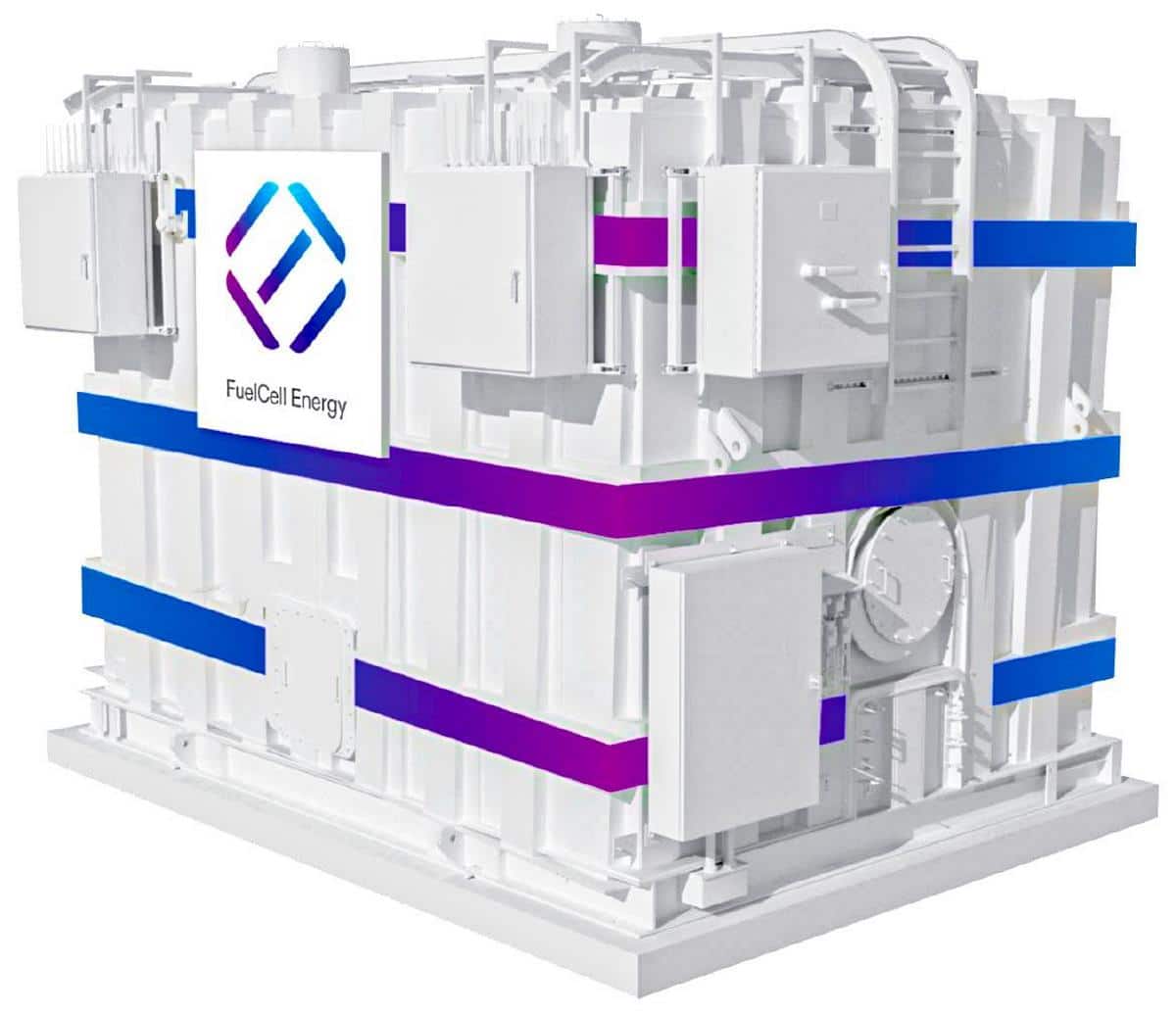
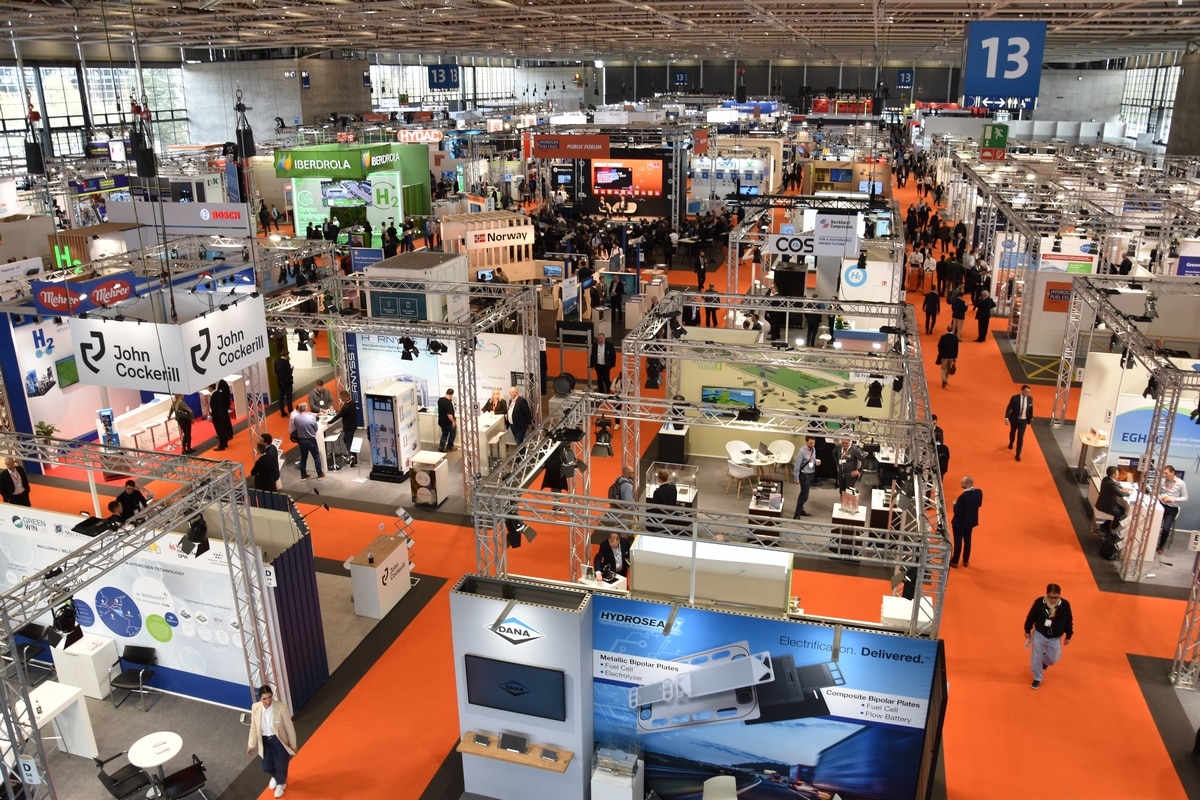


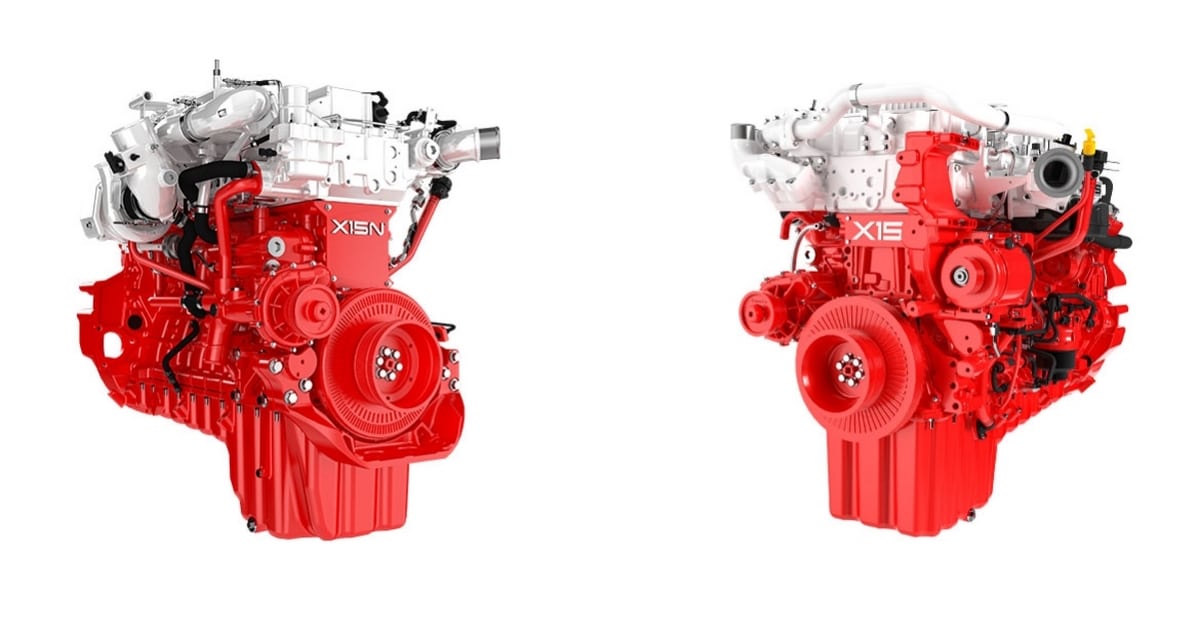
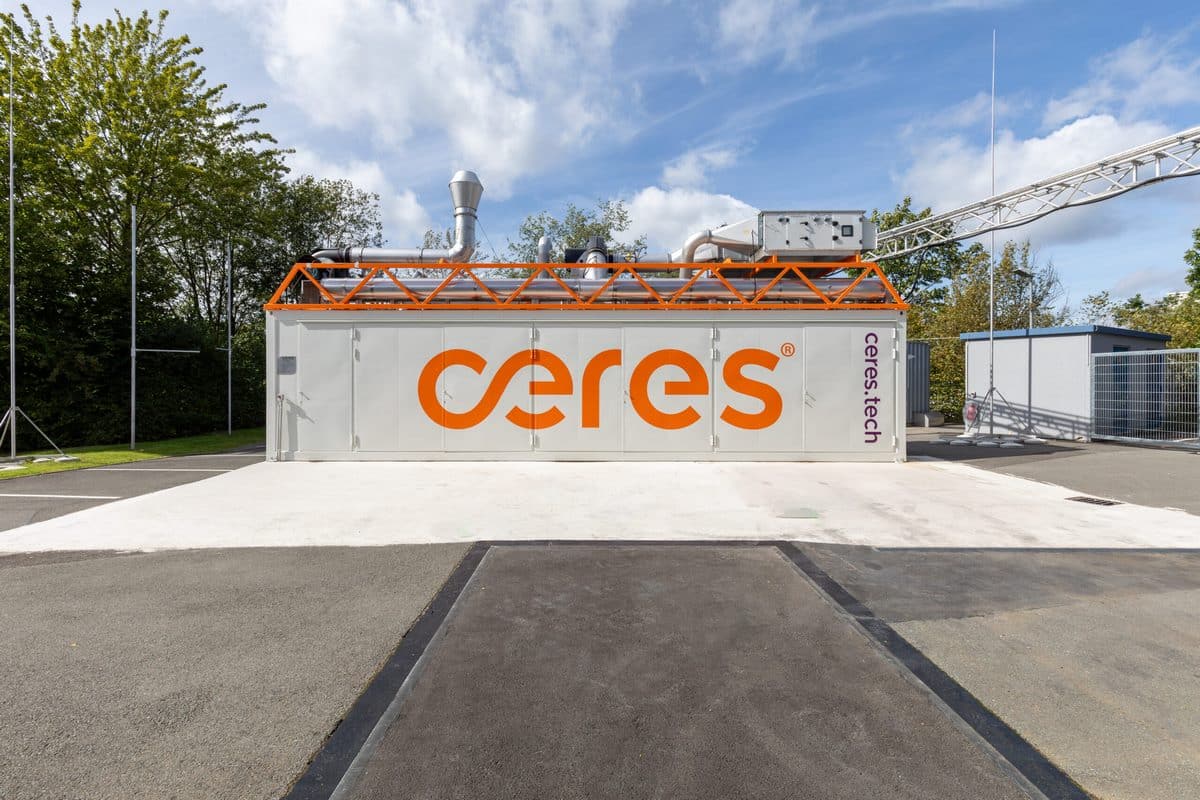

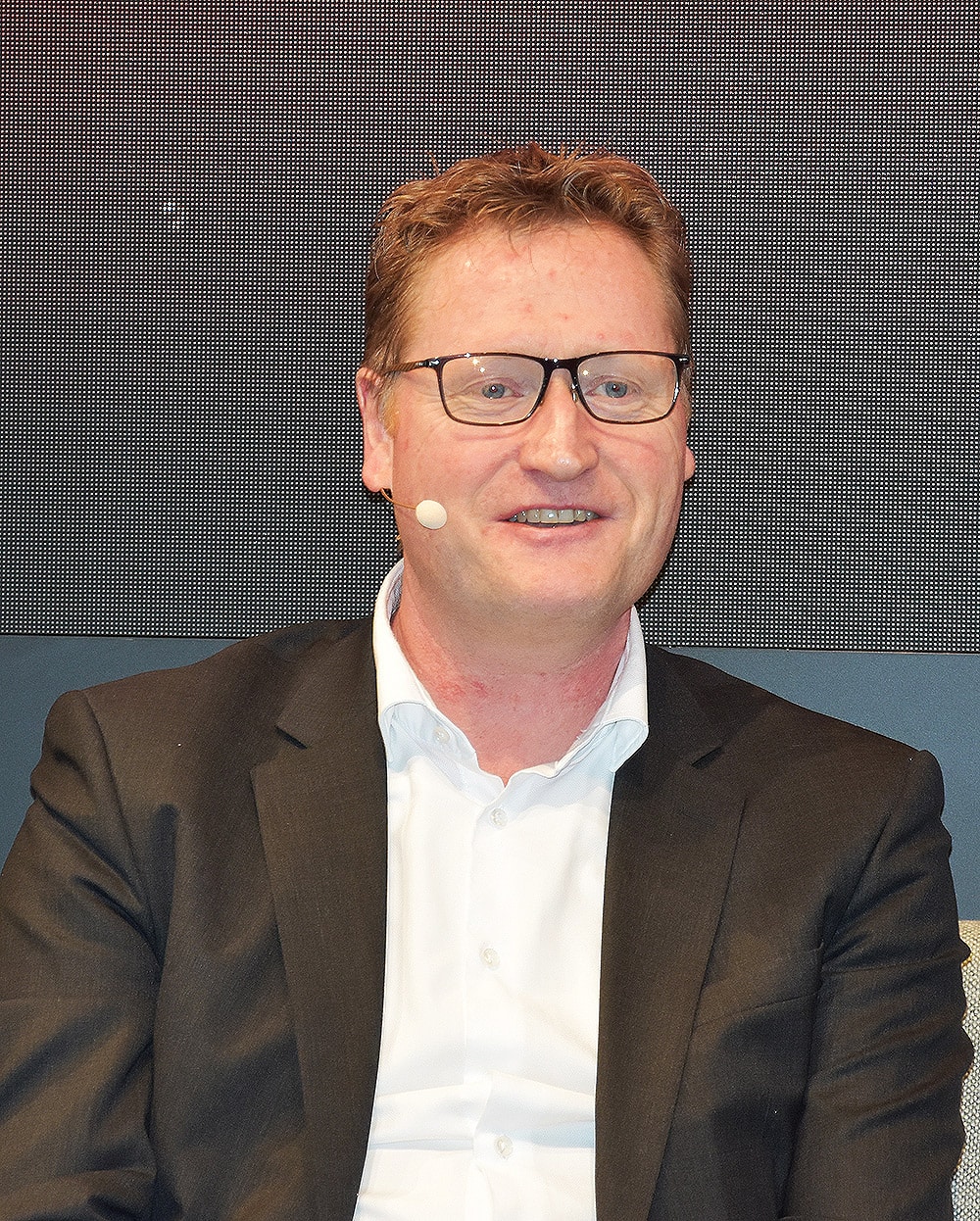


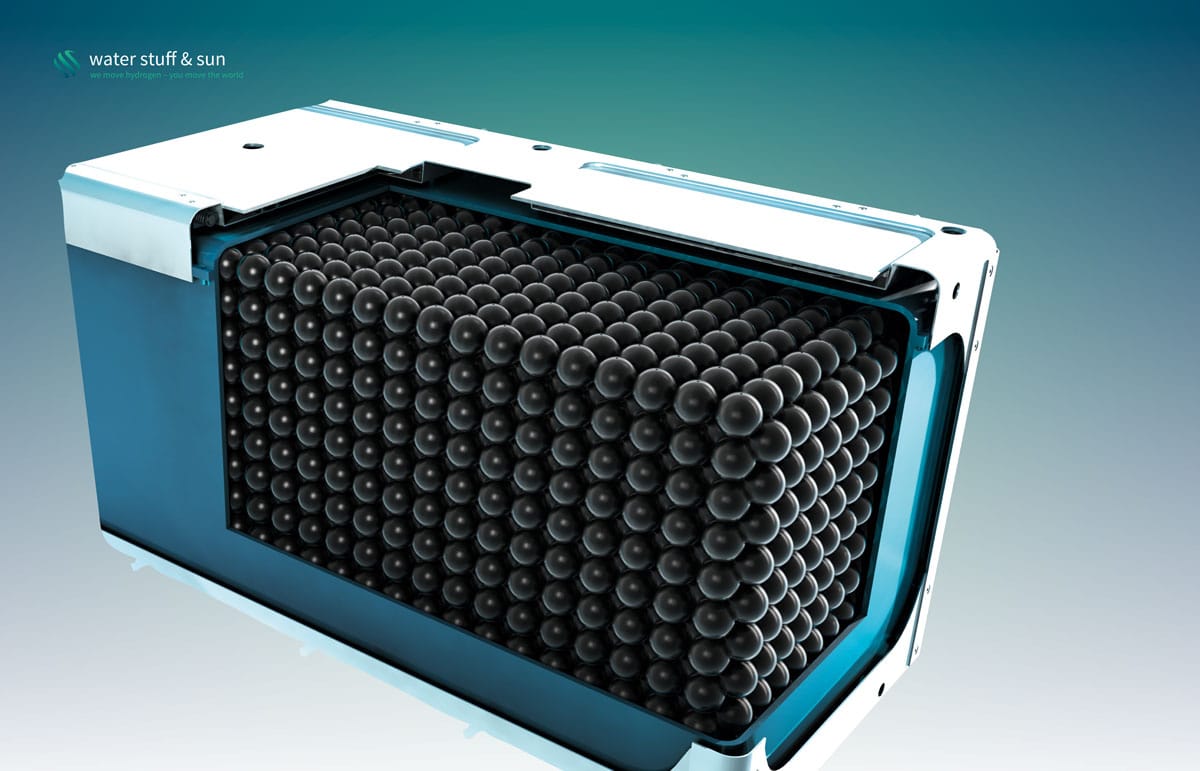

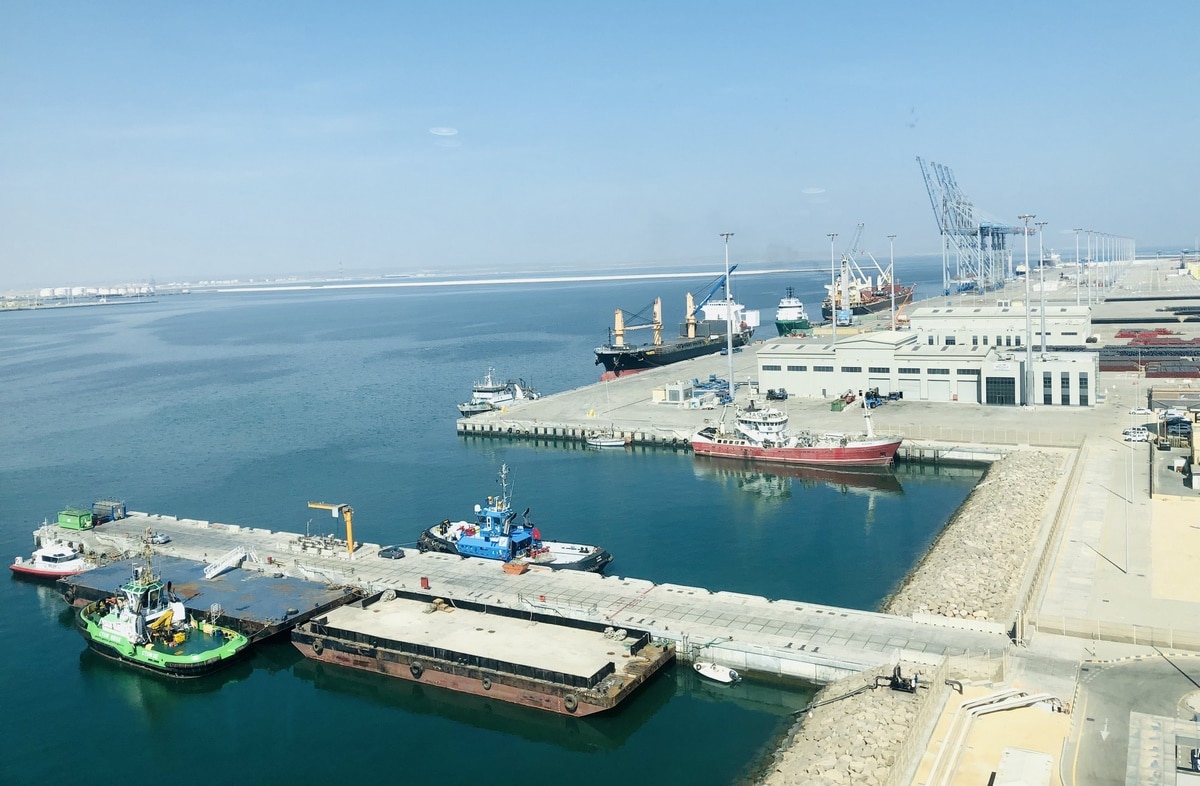
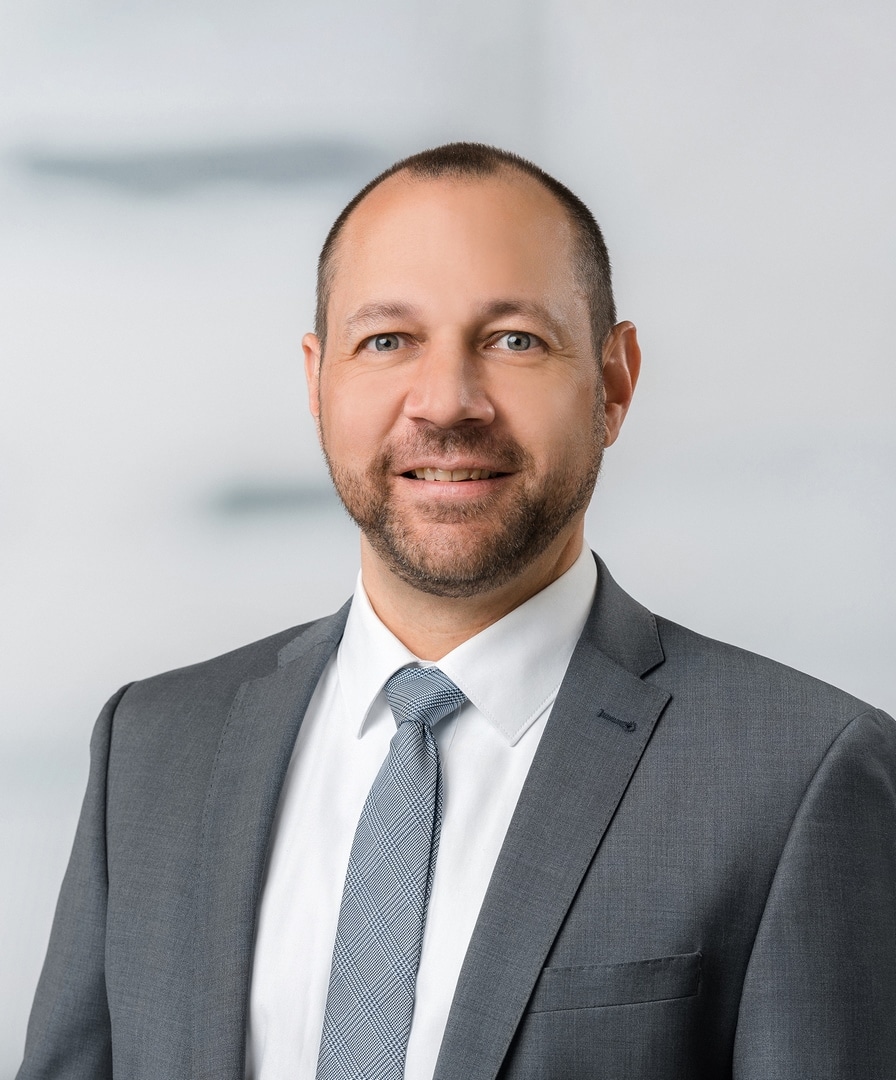
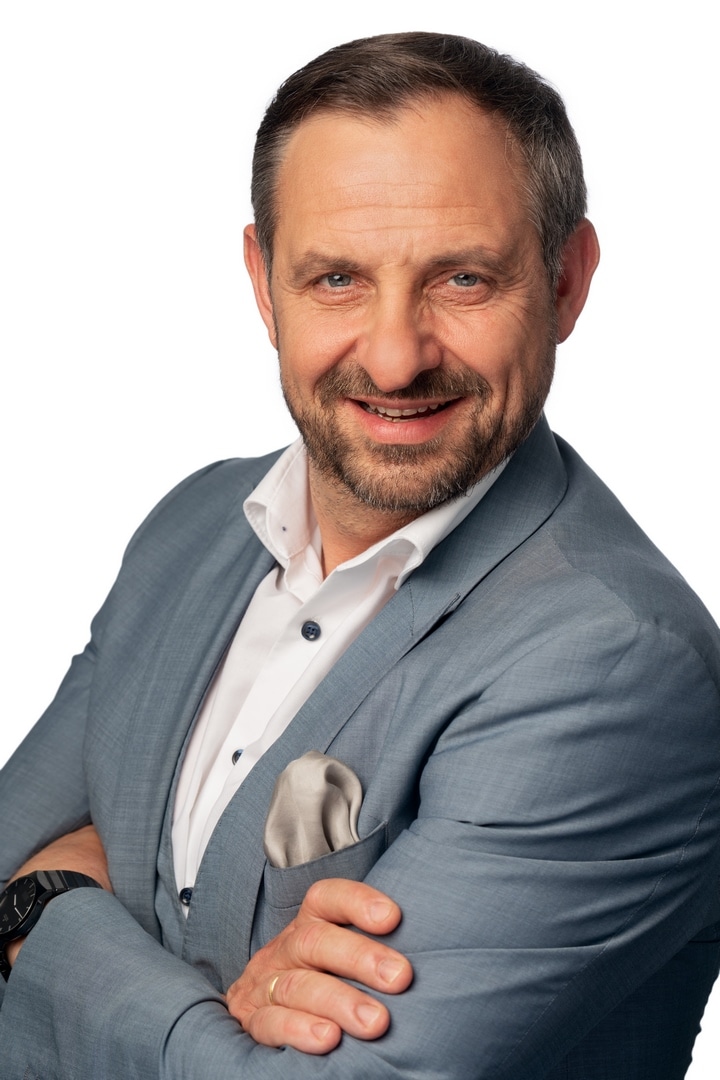
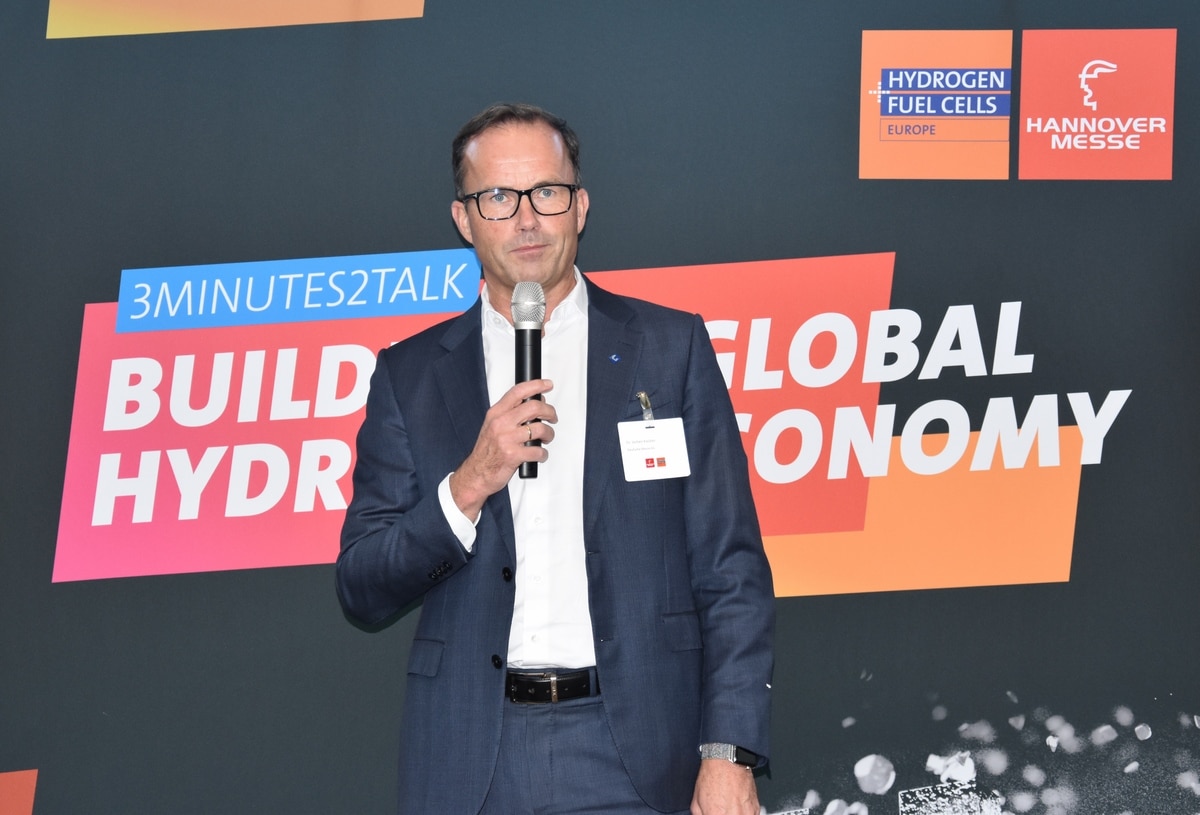
0 Comments